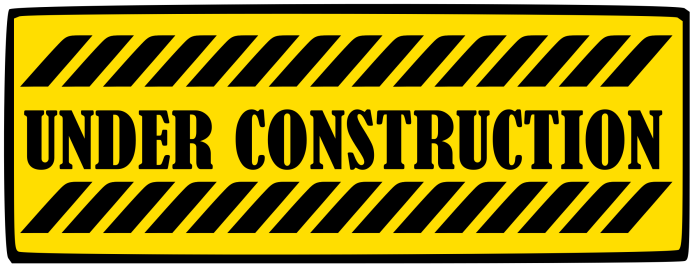
Begining in 1889 and onwards, a wave of Flemish speaking Catholics came from Belgium to settle in the Swan Lake area. The parish of St. Alphonse had already been established in 1883, and welcomed these Catholic settlers into their parish. For several years these hardy pioneers walked or travelled the twelve miles or more to St. Alphonse to participate in Sunday worship, to baptize their babies, to marry their children and bury their loved ones.
On February 2, 1913, Swan Lake was canonically established as a mission and received the name St. Martin of Tours. This mission was ministered to by the pastors of St. Alphonse Parish. Father Charles Deutschler and Father Boniface Diederichs accepted the Swan Lake pioneers request to celebrate Mass two Sundays a month. The Masonic Lodge in Swan Lake graciously offered the use of a room on the second floor of their lodge, as a temporary chapel for Sunday worship. Mass was celebrated in this chapel until a church was built.
Considering themselves sufficiently numerous, they made an appeal to Archbishop Adelard Langevin for a church to be built in Swan Lake. In June 1913, authorization was given to build a church 50 feet long by 28 feet wide and 27 feet high — cost not to exceed $4,000.00. On Sunday morning, February 15, 1914, Archbishop Adelard Langevin blessed the modest church, and in the afternoon blessed the church bell which was a gift from a parishioner.
The pastors from the parish of St. Alphonse ministered to the needs of the Swan Lake Mission until the day it became a parish and received its first resident priest. Father Boniface Diederichs arrived back in Swan Lake on October 30, 1919, and celebrated his first Mass as pastor of St. Martin of Tours parish.
In 1924 parishioners requested having a religious order of sisters to teach catechism as the children attended public school and received no religious instruction. The parish could not afford the expense of bringing in Sisters to teach, so the parish priest was to be responsible for teaching catechism to the children.
Father Valier Beaulieu replaced Father Boniface in June 1958 and remained as parish priest for the next twenty-seven years. the people’s dream of building a new more spacious church finally came to realization on May 25, 1961, when Archbishop Maurice Baudoux solemnly blessed the new church.
The directives of the Second Vatican Ecumenical Council (1962 to 1965) were gradually implemented. The priest faced the assembly to celebrate the Eucharist on the altar in the centre of the sanctuary. Mass was celebrated in the language of the assembly, lay lectors proclaimed the readings, people stood to receive Holy Communion and later the communion rail was removed.
In September 1985, Father Maurice Jeanneau became pastor of St. Martin of Tours, his role as pastor would also include the parish of St. Gerard, Bruxelles. In October 1986, Archbishop Antoine Hacult requested that all parishes in the Archdiocese of St. Boniface participate and share in a new dimension of their faith called RENEW. RENEW was a spiritual process which fostered a deeper conversion, richer prayer life, love and use of scriptures and a more meaningful and active participation in the liturgy and parish life. Both parishes collaborated to actively participate in this spiritual journey.
In September 1992, Father Sebastian Gacki replaced Father Jeanneau. In 1996, Archbishop Antoine Hacault extended Father Gacki’s role to include the faith community of St. Gregory, Pilot Mound.
In August 1996, Father Firmin Michiels became the fifth pastor of St. Martin of Tours. In June 1999, under the directives of Archbishop Antoine Hacult, the process of regionalization was completed. The faith communities of Swan Lake, Pilot Mound, Mariapolis and St. Alphonse would form the Swan Lake Catholic Centre, with Swan Lake as it’s Catholic centre. The faith communities of Bruxelles, Holland, Cypress River and Treherne would form the Holland Catholic Centre with Holland as it’s Catholic centre.
Our Parishes came into being because of the strong faith and deep commitment of our pioneers and the devout dedication of the pastors who ministered to them. It is now our responsibility to support our pastors, to teach the Gospel Message to our children, and give to them a faith that is alive and vibrant.